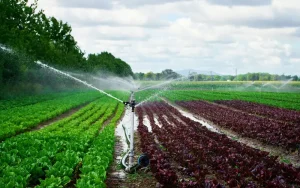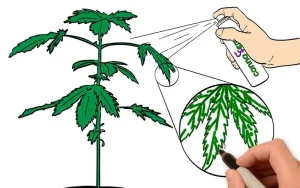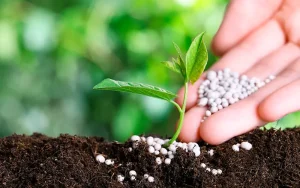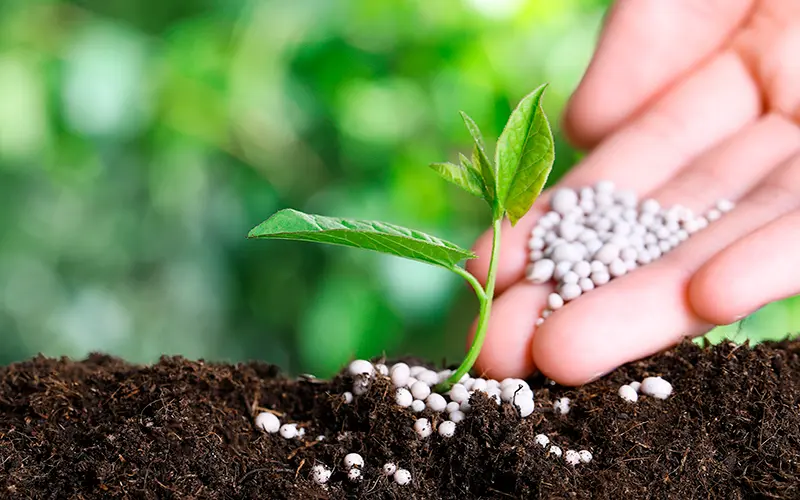Selecting the Right Fertilizer for Crops is crucial for maximizing yield, improving soil health, and ensuring sustainable farming. With so many products on the market—from granular blends to liquid solutions—knowing how to match fertilizer to your specific crop needs can make all the difference.
Key Steps to Choosing the Right Fertilizer
1. Start with a Soil Test
Before investing in any fertilizer, perform a comprehensive soil test. A professional analysis reveals existing nutrient levels and pH, guiding you toward the Right Fertilizer for Crops by identifying deficiencies in nitrogen, phosphorus, potassium, or secondary nutrients.
2. Match N–P–K Ratios to Crop Demands
Different crops require distinct balance of primary nutrients:
- Leafy greens favor high nitrogen formulations.
- Root vegetables benefit from extra phosphorus.
- Fruiting crops need ample potassium.
By understanding your crop’s lifecycle, you can select the Right Fertilizer for Crops with an N–P–K ratio tailored to each growth stage.
Recommended Products: CK NPK Complex Fertilizers
3. Choose Between Organic and Synthetic Options
Organic fertilizers (compost, manure, bone meal) release nutrients slowly and improve soil texture. Synthetic products deliver precise nutrient levels quickly. The Right Fertilizer for Crops often combines both: immediate nutrient boost from synthetics and long-term soil health from organic amendments.
4. Consider Application Method and Timing
Granular fertilizers work best when incorporated into soil before planting, while foliar sprays or liquid feeds can correct deficiencies mid-season. Applying the Right Fertilizer for Crops at the optimal time—such as pre-planting and key growth stages—ensures efficient nutrient uptake and minimizes waste.
5. Factor in Environmental and Economic Concerns
Efficient use of the Right Fertilizer for Crops means preventing runoff and reducing input costs. Split applications, slow-release formulations, and buffer strips around waterways all contribute to sustainable fertilization practices that protect both your budget and the environment.
6. Read and Interpret Fertilizer Labels
Fertilizer packages list nutrient percentages and secondary ingredients. Learn to decode the N–P–K numbers, plus calcium, magnesium, sulfur, and trace elements. Understanding these labels ensures you pick the Right Fertilizer for Crops that fills specific nutrient gaps without overloading your soil.
Recommended Products: Unique Fertilizers
7. Include Micronutrients When Needed
Beyond nitrogen, phosphorus, and potassium, crops sometimes require micronutrients like zinc, iron, manganese, and boron. A tissue analysis or visual deficiency symptoms (e.g., interveinal chlorosis) can signal micronutrient needs. Adding a targeted foliar spray or granular mix helps deliver these essential elements.
8. Adjust for Soil pH and Texture
Soil pH affects nutrient availability—acidic soils can lock up phosphorus, while alkaline soils may limit iron uptake. Similarly, sandy soils leach nutrients faster than clay. Test your soil’s pH and texture, then choose the Right Fertilizer for Crops with pH‑adjusting amendments (lime or sulfur) and the appropriate release rate for your soil type.
9. Monitor Crop Response and Refine Your Plan
After applying fertilizer, regularly inspect plant vigor, leaf color, and yield. Keep records of application rates, timing, and weather conditions. If you notice stunted growth or discoloration, revisit your soil tests and tweak your selection or schedule—continual monitoring ensures you maintain the Right Fertilizer for Crops tailored to evolving field conditions.
For further reading, check out:
Conclusion
Choosing the Right Fertilizer for Crops involves understanding your soil, matching nutrient ratios to crop needs, and balancing organic with synthetic sources. By following these guidelines, you’ll promote vigorous growth, higher yields, and healthier soils season after season.
FAQs
1. How often should I test my soil?
Ideally every 1–2 years to track nutrient levels and adjust your Right Fertilizer for Crops plan.
2. Can I use one fertilizer for all my crops?
Not recommended. Different crops have unique N–P–K needs, so choose the Right Fertilizer for Crops based on each crop’s requirements.
3. What’s the best way to apply fertilizer?
In split applications—pre‑planting and at key growth stages—using granular incorporation or foliar sprays for the Right Fertilizer for Crops uptake.









